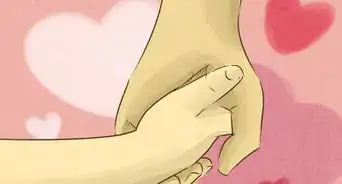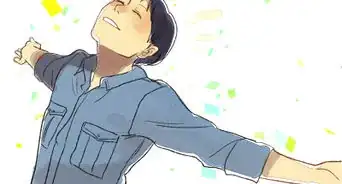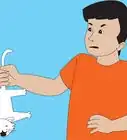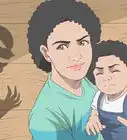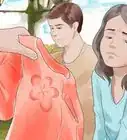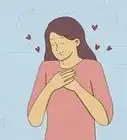This article was co-authored by Jay Reid, LPCC. Jay Reid is a Licensed Professional Clinical Counselor (LPCC) in private practice in San Francisco, CA. He specializes in helping clients who have survived a narcissistic parent or partner. Treatment focuses upon helping clients identify and challenge self-diminishing beliefs as a result of narcissistic abuse. Jay holds a BA in Psychology from the University of Pennsylvania and an MS in Clinical Psychology from Penn State University.
There are 15 references cited in this article, which can be found at the bottom of the page.
This article has been viewed 25,697 times.
Often, abused children fail to tell anyone what has happened or is happening to them, either out of fear, shame or simple silence. However, in many cases it is possible for an observant person to notice telltale signs. By identifying a victim of child abuse, it is possible to get support for the child and get the child away from dangerous situations. It is also important to recognize that adults who suffered from child abuse can still show old symptoms, and it's not too late for them to get help.
Steps
Identifying Abuse in Children
-
1Recognize symptoms of physical abuse. Physical abuse may be easy to spot if the child has no way of concealing the injury, but there are also some more subtle signs. Common symptoms of physical abuse include:[1]
- Having injuries such as bruises, cuts, or burns that the child cannot or will not explain
- Having "patterned" injuries (e.g., an injury that appears to be from a belt)
- Acting anxious or always on guard
- Flinching at sudden touch or movement, and may be averse to being touched
- Showing signs of discomfort when moving
- Wearing inappropriate clothing to cover arms and legs, such as long sleeves on hot days
-
2Watch for symptoms of emotional abuse. Emotional abuse can be difficult to spot, as it doesn't leave physical markings; however, it is extremely important to keep an eye out for. Some symptoms of emotional abuse include:[2]
- Having low self-esteem or self-confidence[3]
- Seeking affection from others
- Being distrustful or fearful
- Having trouble with emotional regulation
- Struggling with social interaction
- Acting older or younger than is appropriate for the child’s age, such as thumb sucking or taking on care of other children[4]
Advertisement -
3Look for symptoms of sexual abuse. Sexual abuse can cause severe emotional problems for a child that may last for a lifetime. Children who are sexually abused often feel like the abuse is their fault, and many children are ashamed to come forward.[5] Some signs of sexual abuse include:[6]
- Sexual knowledge or actions that don't match the child's age group
- Trouble walking or sitting down
- Unwillingness to change clothing in front of others
- Fear of certain places or people[7]
- Pregnancy in adolescent females
- Pain, bruises, or bleeding in the genital area
-
4Identify signs of neglect. Neglect is when a child’s basic needs are not being met, such as food, clothing, hygiene, and affection. Neglect can be difficult to notice, or it can be obvious. Signs of neglect may include:[8]
- Consistent uncleanliness, including body odor
- Lack of weather-appropriate clothing
- Requests for food or other necessities, and hoarding these when possible
- Being underweight or malnourished
- Having untreated physical or psychological problems[9]
-
5Watch for any behavioral changes. Most children exhibit behavioral changes under stress, so it's a good idea to look for changes in behavior. However, keep in mind that not all stress is related to abuse; don't assume a child is being abused just because they show signs of stress.
- In older children, you may see behavioral regression: when a child reverts back to old behaviors that they did when they were younger. Examples include thumb-sucking, bedwetting, and throwing tantrums.
- Notice changes in eating habits. Does the child eat much more than they used to, or seem less interested in food? Is the child gaining or losing weight?
- Is the child scared of a certain person or group of people? It's normal for children to be afraid of some people, such as those who may look frightening, but if the child seems to be scared of an older child, adult, or a group of children or adults, then the child may be being abused.
- Is the child vandalizing property or stealing? Sometimes, children may be stealing out of necessity, such as if they are being neglected. Pay attention to what the child takes because taking food or money can be a sign of neglect.[10]
-
6Consider changes in the child’s social interactions. If the child loses friends rapidly, withdraws from social activities, suddenly closes off from trusted friends, or begins spending all their time with an older child or adult, these may be indicators that the child is being abused. Keep an eye out for aggressive behavior as well. Children who are being abused may start fights, whether verbal or physical.[11]
- Try to find out why the child's friends are no longer spending time with the child. If the friends describe the child as becoming secretive, moody, or devoting all of their time to another person, take a closer look at the situation.
- If the child didn't have many friends to begin with, watch for signs of bullying. Bullying can contribute to symptoms of abuse, but the child may be being abused as well.
-
7Watch for any changes in the child's general mood. A child who is being abused can become anxious, jumpy, depressed, angry, or show a combination of emotions.[12] Children who have been emotionally abused may also have trouble controlling their emotions and have large breakdowns or emotional outbursts that may frighten other children.
-
8Notice changes in school attendance or performance.[13] A child who is being abused or neglected may frequently be late to class or miss school entirely, and may have trouble focusing on classes. The child’s grades may also drop. However, don't assume that a child with great grades isn't having home trouble. A child can be abused and still keep up with schoolwork, particularly if their abuser reacts badly to poor grades.
-
9Look for self-destructive behaviors. In some cases of child abuse, the child may resort to self-destructive behaviors or become suicidal.[14] If the child has admitted to you that they engage in self-destructive behaviors, seek help for the child immediately. Self-destructive behaviors include:
- Self-injury, such as cutting or burning
- Suicidal thoughts or intentions
- Drug or alcohol abuse
- Intents or threats to harm others
Identifying Effects of Child Abuse on Adults
-
1Realize that it may not be obvious. If you know an adult who you suspect has been abused during childhood, recognize that most adults are not willing to talk about it. An adult who has been abused during childhood may be secretive about their past. It will be necessary to take a closer look at the adult in question unless they trust you enough to tell you.
-
2Check for physical health problems. Child abuse has been linked to increased risk of physical health problems, though it is uncertain why this is.[15] Adults who were abused in childhood are at a higher risk of developing heart disease, diabetes, liver problems, hepatitis, arthritis, and more.[16] Be aware, however, that physical health problems can occur in people who haven't been abused, so it shouldn't be your sole piece of evidence.
- Don't ignore smaller problems such as frequent headaches or stomach pain, as these can be the body's stress response.
-
3Pay attention to mental health problems. Victims of child abuse may have trouble regulating or feeling their emotions. They may show signs of mental illnesses such as depression, anxiety, post-traumatic stress disorder (PTSD), dissociative disorders, and personality disorders.[17] Research has shown that children who are abused are more likely to develop depression or PTSD.
- Adults who were victims of child abuse are more likely to develop eating disorders, engage in self-injurious behaviors, or attempt suicide.
- Be aware that most people aren't going to open up about their mental health to you, especially if you don't know the person well.
- If the person is showing symptoms of depression or suicidal ideation, you may want to reach out and offer your support, but do not confront them about it.
-
4Consider criminal history and violent behavior. Victims of child abuse are more likely to engage in violent and criminal behavior than those who are not victims.[18] [19] If this person has a history of cruelty towards people, animals, getting arrested, and abusive behavior towards their partner or spouse, they may have been a victim of child abuse.
- Child abuse has also been linked to development of personality disorders, such as antisocial personality disorder.[20] However, someone's past does not justify their current actions; it merely serves as an explanation for why the person has certain behaviors.
-
5Look for social disconnection or isolation. While some people are natural loners, someone who was abused as a child may be more likely to reject social advances from others, have a history of broken relationships (such as divorce or breakup of significant relationships), or be unmarried and live alone. Keep in mind, however, that just because someone rejects social advances does not mean they were abused. Other mental illnesses, such as depression and anxiety, can cause a person to go into social isolation.
-
6Watch for abnormal stress responses. Abuse has been proven to cause abnormal stress responses - more specifically, the level of cortisol released in the brain is less than usual.[21] Victims of child abuse can develop symptoms of post-traumatic stress disorder, or even PTSD itself; one of these symptoms is hyperarousal, or fight-or-flight mode. Symptoms of hyperarousal include:[22]
- Sleep disturbances, such as insomnia or nightmares - the person may be constantly tired
- Irritability, anger, or aggression
- Impulsiveness
- Constantly feeling unsafe
-
7Know when to call for help. While you can't go back in time and get the person out of their past abusive situation, you may be able to help the person recover in adulthood or intervene if the person is suicidal. Keep an eye out for any signs of suicidal intent, abuse of alcohol or drugs, extreme self-injurious or reckless behavior, or violence towards other people.
- If the adult has stated that they intend to die by suicide or harm others, contact emergency services immediately and try to distract the person until help arrives. Avoid leaving the person alone.
Learning About Abuse
-
1Learn about the different types of child abuse. The term child abuse is often used to cover many different types of abuse. In order to truly identify a victim of child abuse, you will need to understand the types of child abuse and where it comes from.[23]
- Physical abuse is abuse involving physical actions such as slapping, kicking, pushing, hair-pulling, choking, and more.
- Emotional abuse is abuse involving emotional manipulation, threats, and put-downs - for example, a parent calling their child worthless and threatening to kick them out.
- Sexual abuse is abuse of a sexual nature, such as rape, sexual touching, or taking pornographic photos of the child.
- Neglect is abuse involving a lack of care for the child. A neglected child may have poor hygiene and ill-fitting clothing and seem to be constantly unsupervised.
-
2Understand misconceptions about child abuse. To identify a child that has been abused, you might have to dispel certain misconceptions about child abuse. Common misconceptions include:[24]
- Child abuse is only violent or Physical abuse is more severe: Victims of child abuse who were emotionally abused or neglected can carry the memories of abuse for as long as those who are physically abused. No form of abuse is "worse" than another form.
- Children lie about being abused: Many statistics, such as police and court statistics, show that it is very rare for children to claim that they have been abused when they haven't. It has also been found that it is more common for children to say that they aren't being abused when they really are.
- They did something to deserve it: While parents do have to set and enforce rules, a parent who abuses their child is the one at fault, not the child. Even if the child has been severely misbehaving, the parent's job is not to hit, threaten, or belittle them. A child who has been dressing "older than their age" isn't responsible for sexual abuse, a child who has been misbehaving isn't responsible for physical abuse, and a child who is emotional towards their parents isn't responsible for emotional abuse.
- Disabled children aren't at risk for abuse: Disabled children are actually at a higher risk for abuse than children without disabilities.[25] For this reason, it's a good idea to keep an eye on disabled children and watch for signs that they may be being abused.
- Children who are abused should be removed from the home: In most cases, abused children are only removed from the home if keeping them at home would be dangerous, as removing a child from their home can distress the child. Most of the time, the child is kept at home while outside help is provided for the family.
- Sexual abuse is done by strangers: Sexual abuse of a child is not limited to strangers. Most children who are sexually abused are abused by people that they know.
-
3Research the effects of abuse on children. People who were abused as children have an increased risk of substance abuse, physical and mental health problems, and problems with interpersonal relationships. If you suspect a child is being abused, do not blow off the situation; child abuse can cause problems that can extend well into adulthood.
- Children who have been abused have a heightened risk of self-harming behaviors as well as suicidal thinking. Other effects of child abuse are depression, anxiety, post-traumatic stress disorder (PTSD), personality disorders, eating disorders, and dissociative disorders. Not getting help for an abused child can result in severe problems for the child later on in life.
Expert Q&A
-
QuestionHow can I help someone heal from childhood sexual abuse?
 Jay Reid, LPCCJay Reid is a Licensed Professional Clinical Counselor (LPCC) in private practice in San Francisco, CA. He specializes in helping clients who have survived a narcissistic parent or partner. Treatment focuses upon helping clients identify and challenge self-diminishing beliefs as a result of narcissistic abuse. Jay holds a BA in Psychology from the University of Pennsylvania and an MS in Clinical Psychology from Penn State University.
Jay Reid, LPCCJay Reid is a Licensed Professional Clinical Counselor (LPCC) in private practice in San Francisco, CA. He specializes in helping clients who have survived a narcissistic parent or partner. Treatment focuses upon helping clients identify and challenge self-diminishing beliefs as a result of narcissistic abuse. Jay holds a BA in Psychology from the University of Pennsylvania and an MS in Clinical Psychology from Penn State University.
Licensed Professional Clinical Counselor It's very important to be mindful of the victim's own readiness and pace for recovery. Be respectful when they confide in you and don't push them to move quickly or get over things. Always take things slowly.
It's very important to be mindful of the victim's own readiness and pace for recovery. Be respectful when they confide in you and don't push them to move quickly or get over things. Always take things slowly.
Warnings
- A child who has been abused may not open up about their situation for fear of what will happen to them. Do not force the child to talk about it before they are ready. This may make the child even more reluctant to talk.⧼thumbs_response⧽
- If you believe the child is in immediate danger, call emergency services immediately. Do not leave a child in an environment that you believe may be extremely harmful, or in some cases, fatal.⧼thumbs_response⧽
References
- ↑ http://www.helpguide.org/articles/abuse/child-abuse-and-neglect.htm
- ↑ http://www.mayoclinic.org/diseases-conditions/child-abuse/basics/symptoms/con-20033789
- ↑ Jay Reid, LPCC. Licensed Professional Clinical Counselor. Expert Interview. 7 August 2020.
- ↑ http://www.helpguide.org/articles/abuse/child-abuse-and-neglect.htm
- ↑ http://www.helpguide.org/articles/abuse/child-abuse-and-neglect.htm
- ↑ http://www.mayoclinic.org/diseases-conditions/child-abuse/basics/symptoms/con-20033789
- ↑ http://www.stopitnow.org/ohc-content/tip-sheet-7
- ↑ http://www.childmatters.org.nz/87/learn-about-child-abuse/recognise-the-signs/neglect
- ↑ http://www.mayoclinic.org/diseases-conditions/child-abuse/basics/symptoms/con-20033789
- ↑ http://www.mayoclinic.org/diseases-conditions/child-abuse/basics/symptoms/con-20033789
- ↑ http://www.mayoclinic.org/diseases-conditions/child-abuse/basics/symptoms/con-20033789
- ↑ http://www.mayoclinic.org/diseases-conditions/child-abuse/basics/symptoms/con-20033789
- ↑ http://www.mayoclinic.org/diseases-conditions/child-abuse/basics/symptoms/con-20033789
- ↑ http://www.mayoclinic.org/diseases-conditions/child-abuse/basics/symptoms/con-20033789
- ↑ https://www.sciencedaily.com/releases/2013/09/130926205005.htm
- ↑ https://aifs.gov.au/cfca/publications/effects-child-abuse-and-neglect-adult-survivors
- ↑ https://aifs.gov.au/cfca/publications/effects-child-abuse-and-neglect-adult-survivors
- ↑ http://www.sciencedirect.com/science/article/pii/0145213483900030
- ↑ https://aifs.gov.au/cfca/publications/effects-child-abuse-and-neglect-adult-survivors
- ↑ http://archpsyc.jamanetwork.com/article.aspx?articleid=205066
- ↑ http://www.ncbi.nlm.nih.gov/pubmed/20838776
- ↑ http://www.healthcentral.com/anxiety/c/1443/159977/hyperarousal/
- ↑ http://www.mayoclinic.org/diseases-conditions/child-abuse/basics/definition/con-20033789
- ↑ http://www.childmatters.org.nz/58/learn-about-child-abuse/myths-and-realities
- ↑ https://www.childwelfare.gov/topics/systemwide/statistics/can/stat-disabilities/
- ↑ Jay Reid, LPCC. Licensed Professional Clinical Counselor. Expert Interview. 7 August 2020.
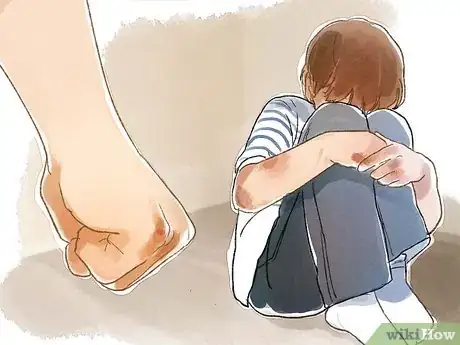
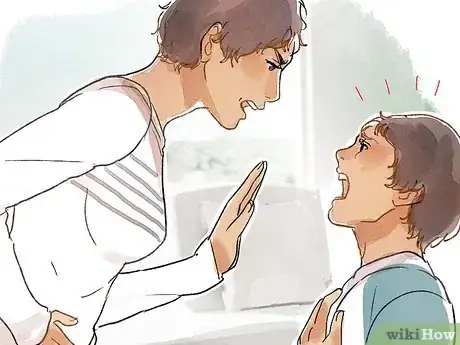

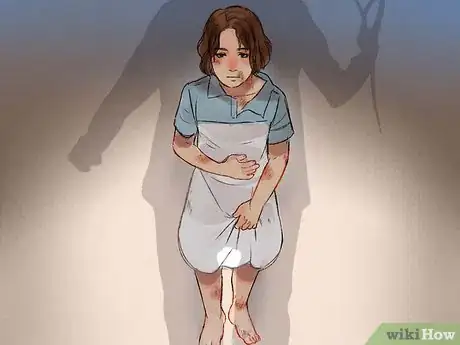
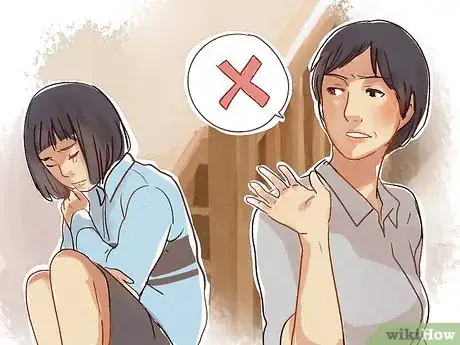
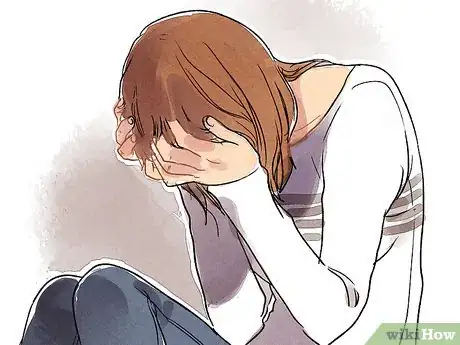
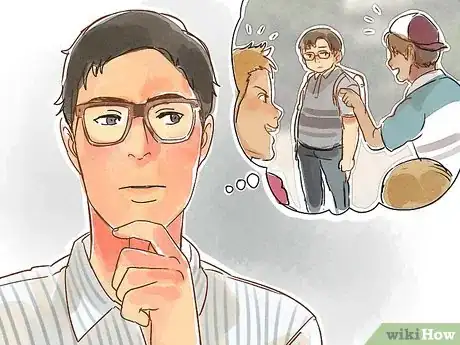
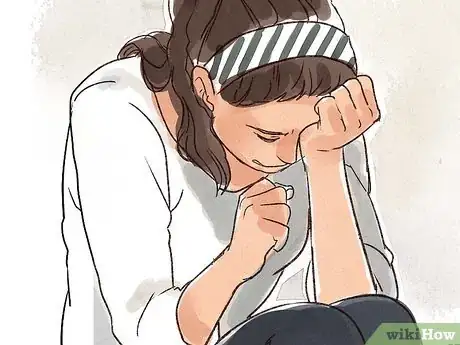
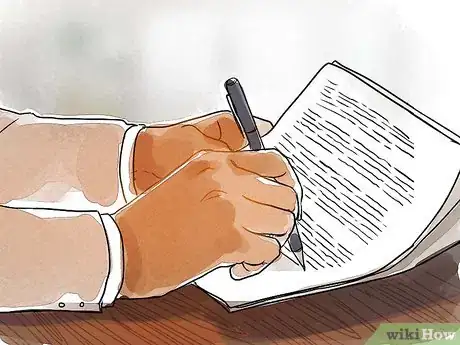
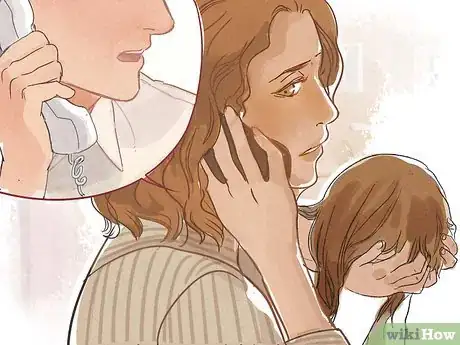
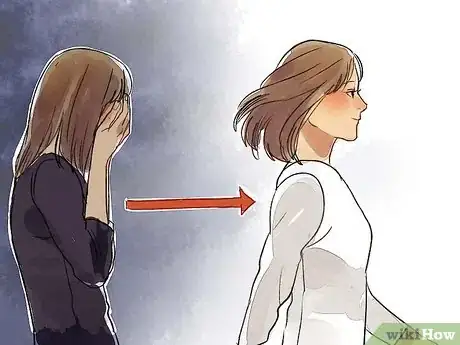
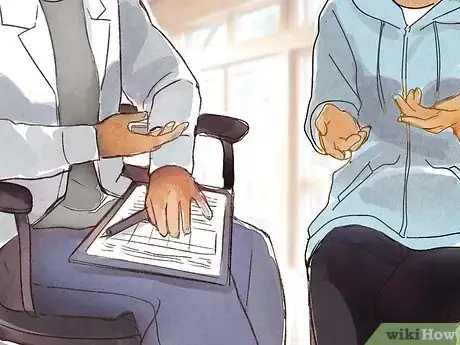
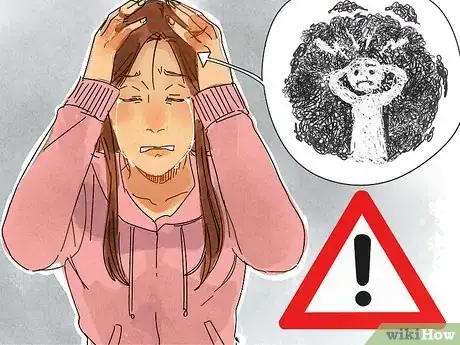
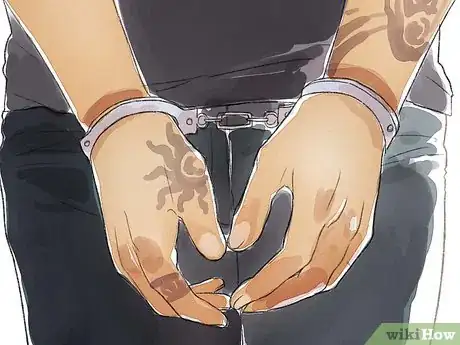
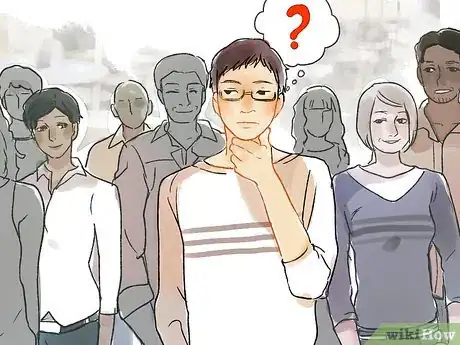
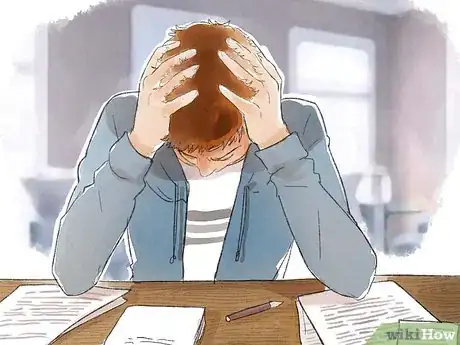
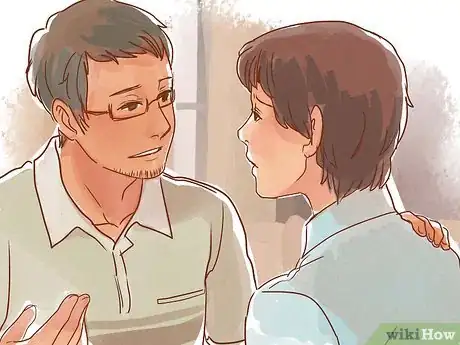
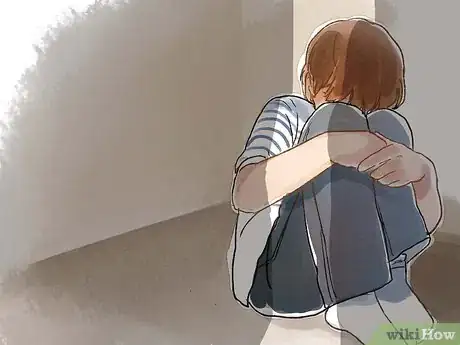
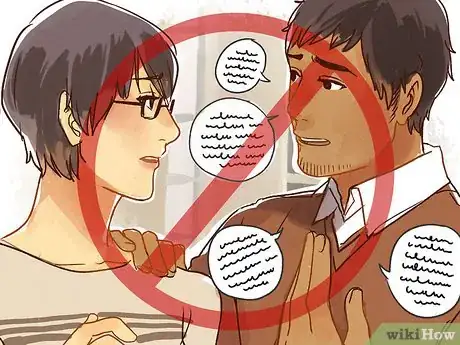
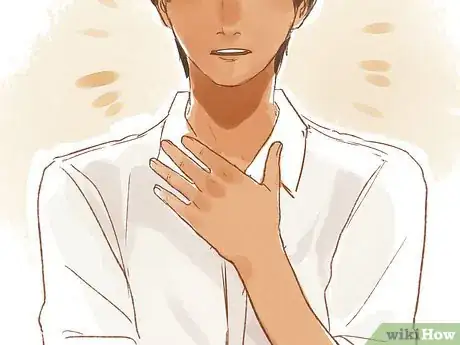
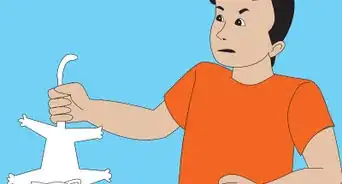
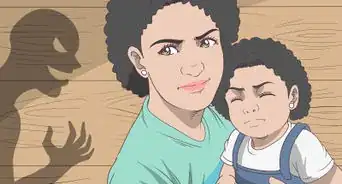
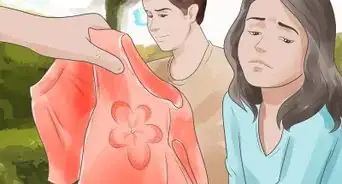
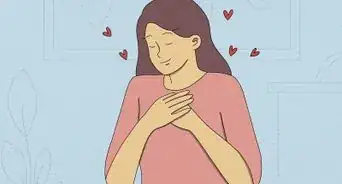
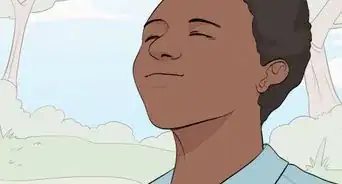



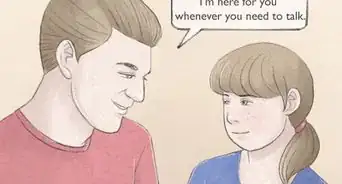

-Step-19-Version-2.webp)
